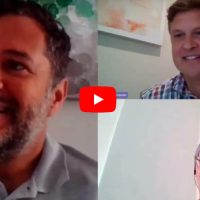By Sam Robinson
We’re revisiting our blog archives and republishing pieces that remain as timely as ever. This post was originally published in September 2015.
One way where this might come up at work…
- A team is “left to its own devices” for many years, used as a dumping ground for staff who are being moved on, there is little or no recognition for their work – apart from when things go wrong (then they really hear about it).
- A new manager is appointed and intends to “make things right”. She goes about articulating roles, holding people to account and managing performance.
- Team member(s) feel aggrieved and share stories about what a bully the new manager is.
Victim-Rescuer-Persecutor Paradigm
Originally known as the Karpman Drama Triangle (Karpman, S (1968) Fairy tales and script drama analysis Transactional Analysis Bulletin, 7(26)) this model is intended to show the destructive relationships that can emerge when people are in conflict. Karpman chose the phrase “drama” as he intended to focus on the perception that people can end up playing certain roles – often unknowingly. He does not and I do not deny that there are actually “real” victims. This model is about the impact of perceptions, and the influence of those perceptions on our behaviour.
In this model, there are 3 roles, the Victim, the Persecutor and the Rescuer. The roles are not static and can shift between different people and back and forth between roles. Typically, the situation commences when a particular person takes on a Victim role. All roles play a part in keeping this unhelpful dynamic in place.
- A Victim role is characterised by someone feeling oppressed, hopeless and powerless. Crucially, the source of these feelings are personified for the Victim in an individual – the Persecutor.
- A Persecutor role is someone who is critical and demanding, who is calling out weakness. They see a deficiency and they are after a final resolution.
- A Rescuer sees a Victim and wants to help them. They want to protect the Victim and prevent them from harm.
Why is this unhelpful?
This dynamic is unhelpful as it takes people away from looking at the underlying causes of why something has gone wrong. It persists because it often fulfills some unmet need for the “players”; an comfortable paradigm and can serve to distract from the real causes of the conflict. Some unhelpful implications for the individual roles could be:
- The Victim – playing this role can stop an individual from asserting their own version of the truth. It can disable their own development by protecting them from tough but potentially liberating messages.
- The Persecutor – this role can provide a level of power and influence that may be unwanted and unwarranted. It may skew perceptions of this person’s behaviour as aggressive or attacking.
- The Rescuer – it can inhibit someone making difficult or tough decisions that may actually be in everyone’s best interests.
Going back to our example…
In our example, one or more of the team members who have been led poorly for many years might take on a Victim role. They may enlist another team member to speak up for them or to help them in some way. They may even go outside the team (for example, to Human Resources) to get help, in other words to be Rescued. The new manager may be seen as a Persecutor – and may actually derive some power from this dynamic, to be seen as strong and powerful.
These roles can be reinforced further through people’s behaviour – the Persecutor making more and more attempts to define the work and work performance, the Victim feeling even more aggrieved and the Rescuer seeing the Persecutor’s behaviour as problematic.
What you can do
Changing a culture requires a leader to understand the valuing processes that shape a culture and keep it in place – as well as knowing how and what to change in order to create new more positive beliefs (see the discussion of the Work of a Leader on p102 in Burke, C. Macdonald, I. Stewart, K. Systems Leadership: Creating a Positive Organisation Gower 2006).
For me, the Victim-Rescuer-Persecutor Paradigm may prompt us to ask questions and search for answers that are more subtle than an initial self-serving impression. It is easy to get involved in a well-entrenched drama triangle, and we might unwittingly contribute to it and keep it in place. This search for answers is critical because – as a leader – understanding why things are as they are is one step toward making sustainable changes to culture.
At LKS Quaero we use this model and a range of others to help leaders make sense of their current culture and take action to improve their organisation. If you’d like to know more, visit us at lksquaero.com or follow us on LinkedIn, Facebook, and Twitter.










